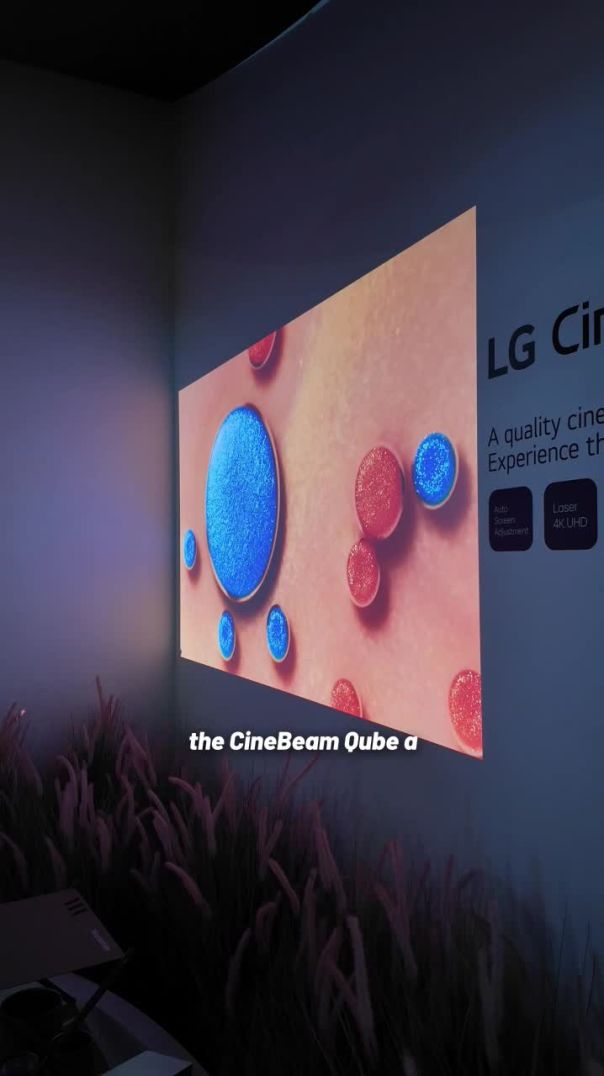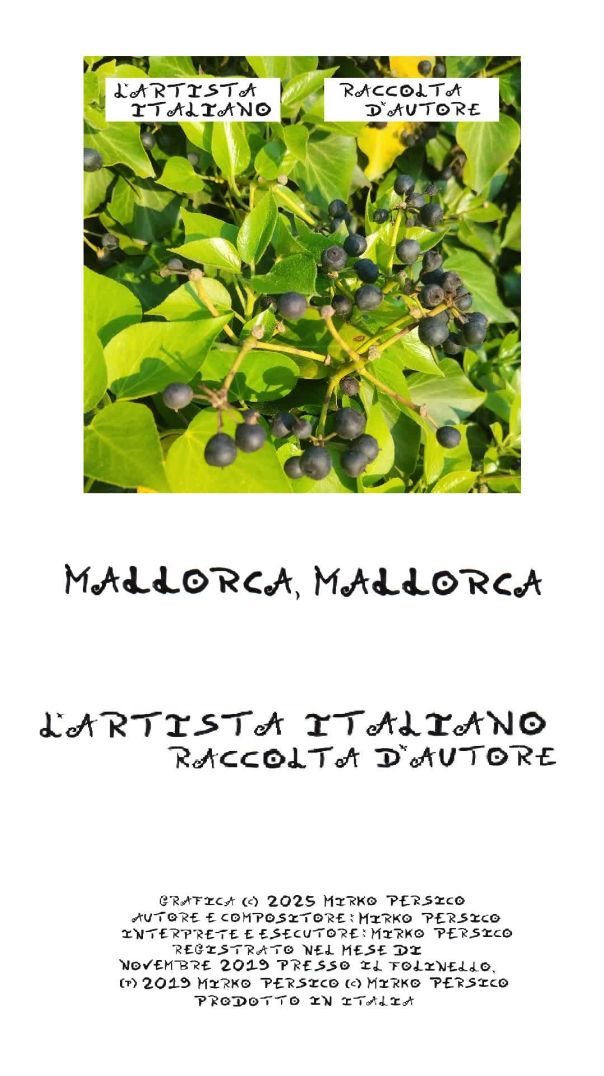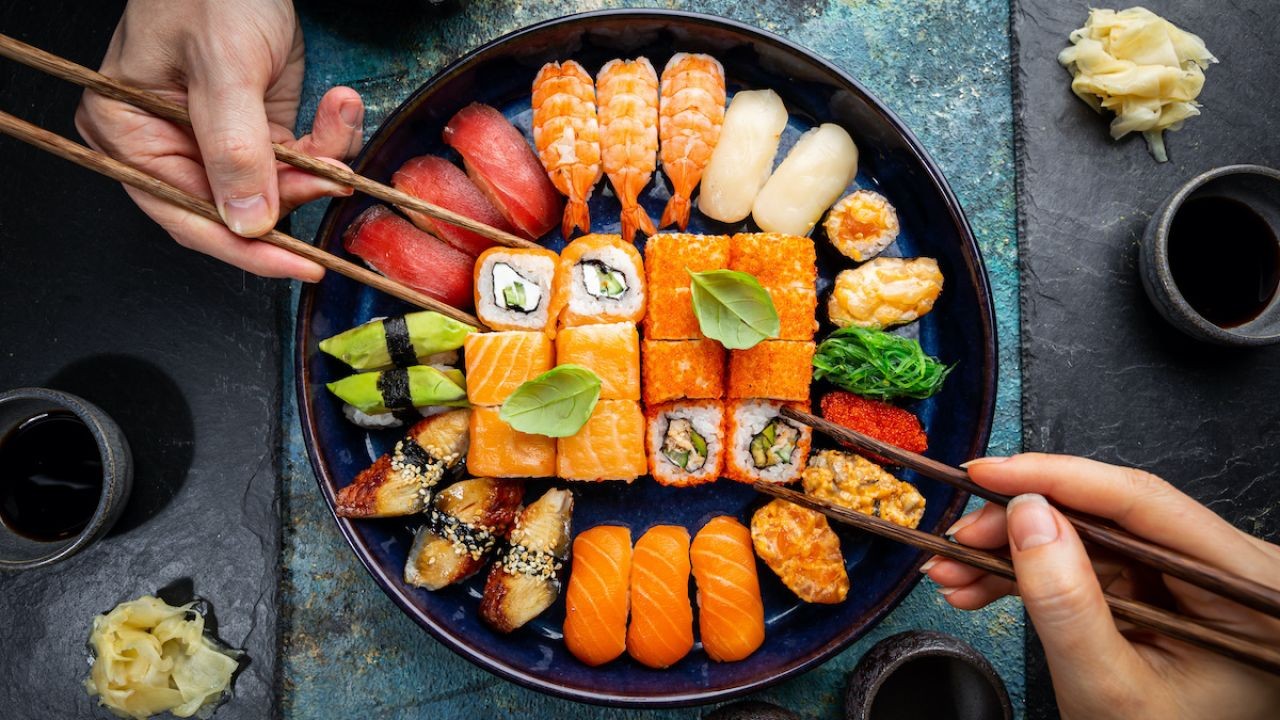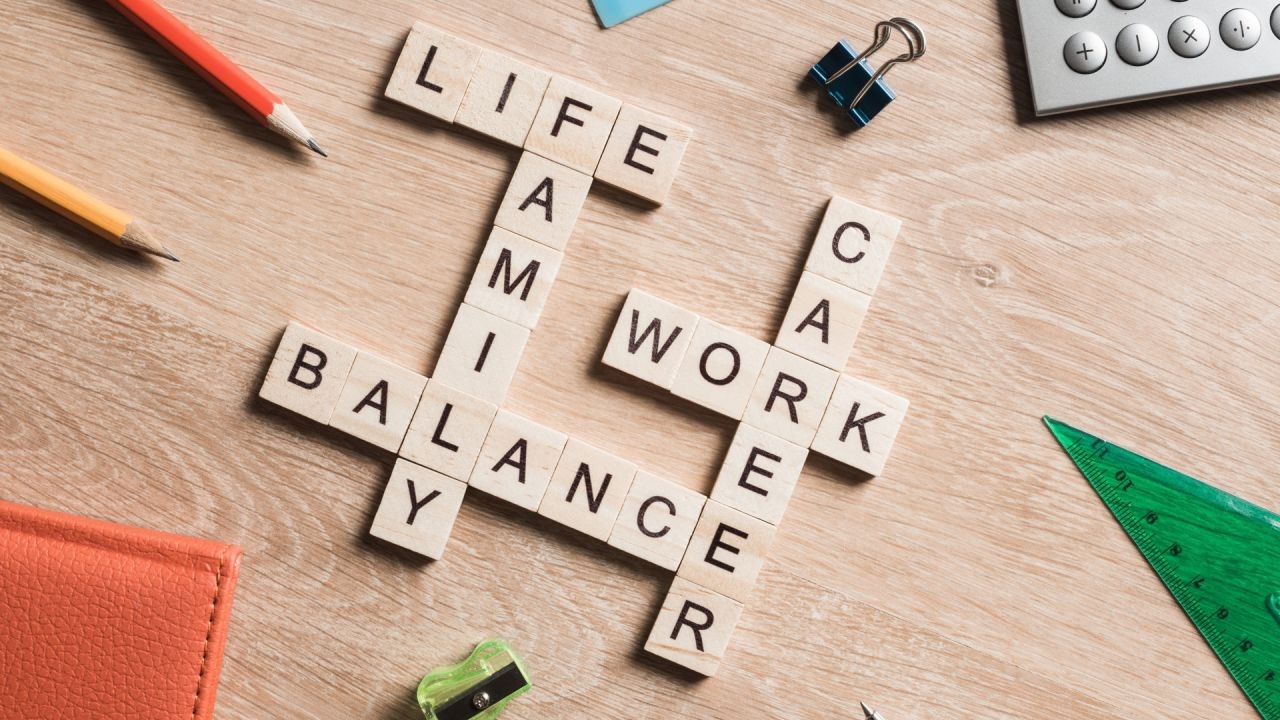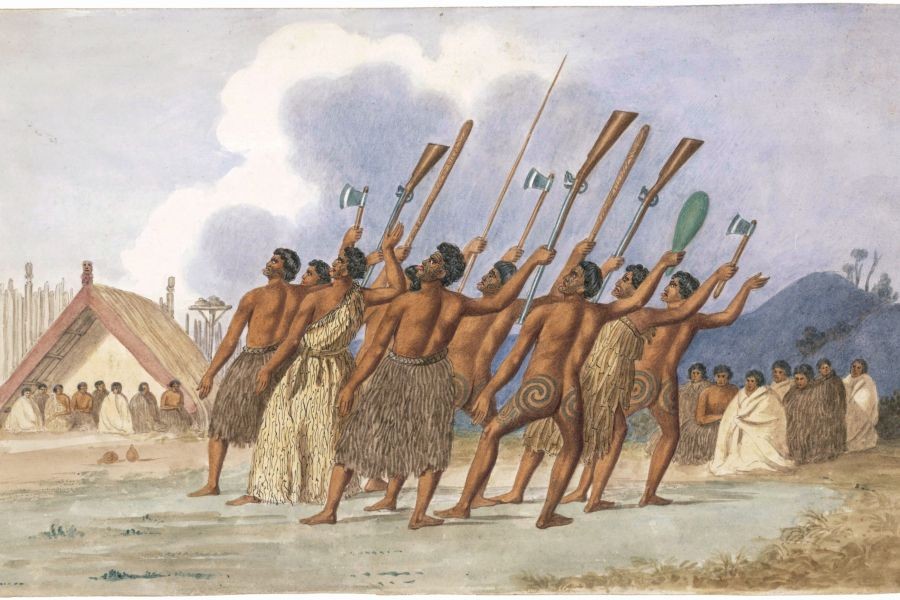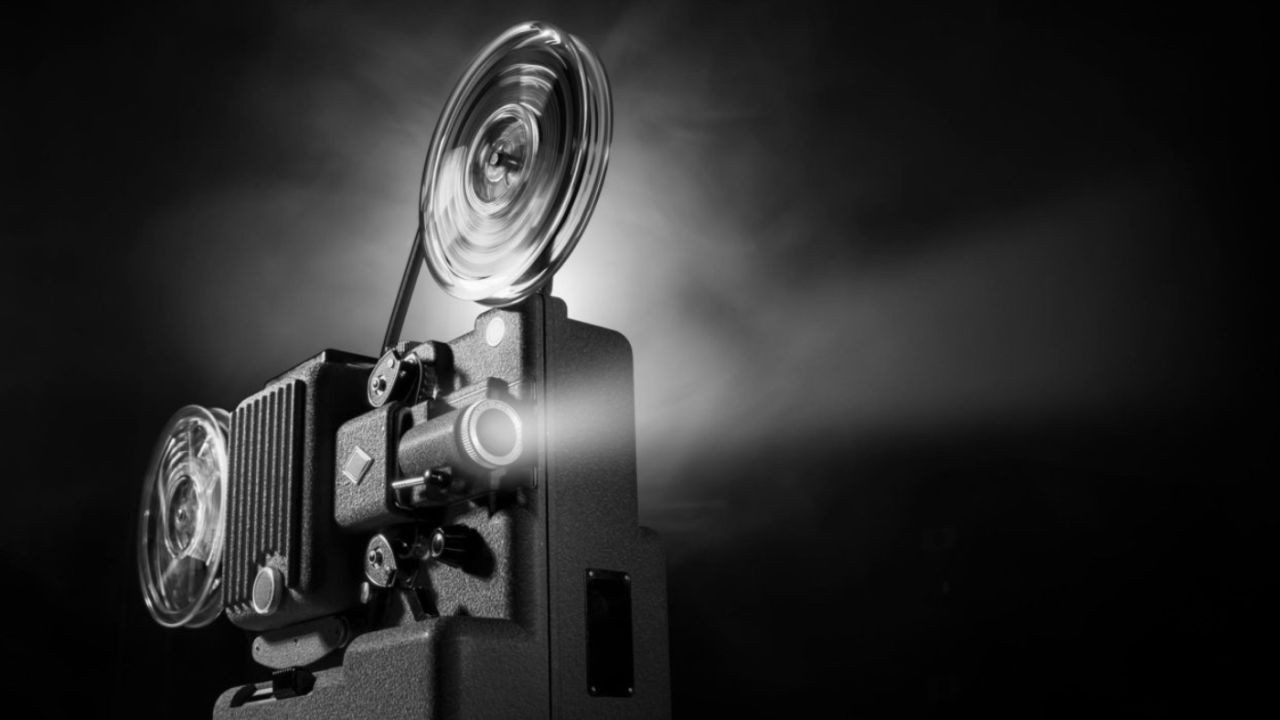New Zealand and Japan are both renowned for their seafood, yet they offer starkly different culinary experiences. As an economic strategist, understanding these differences not only highlights cultural diversity but also provides insights into how these countries leverage their natural resources to boost their economies. This exploration offers valuable lessons for businesses in New Zealand, where the seafood industry plays a vital role in the national economy. According to Stats NZ, seafood exports were valued at over NZD 1.8 billion in 2018, illustrating its significance. But how does New Zealand’s seafood scene compare to Japan's? Let's dive deep into the nuances of their seafood industries and culinary traditions.
New Zealand’s Seafood Industry: A Case Study in Sustainability
New Zealand’s seafood industry is often lauded for its sustainability practices. The country has implemented rigorous policies to manage its fisheries, ensuring long-term ecological balance. The Quota Management System (QMS) is a cornerstone of New Zealand's approach, limiting the amount of fish that can be harvested annually. This system has proven effective in preserving fish stocks and supporting the industry’s economic viability.
In contrast, Japan, with its rich heritage of seafood consumption, faces challenges in sustainable fishing practices. Despite this, Japan’s seafood industry is a powerhouse, driven by advanced aquaculture and high-tech fishing methods. The contrast between these two nations offers a unique perspective on balancing economic gains with environmental stewardship.
Case Study: Sealord Group – Balancing Growth and Sustainability
Problem: Sealord Group, one of New Zealand’s largest seafood companies, faced the dual challenge of maintaining profitability while adhering to sustainable fishing practices. Overfishing posed a threat to fish stocks, risking long-term sustainability.
Action: The company adopted advanced monitoring technologies and data analytics to optimize fishing operations. Sealord invested in sustainable practices, such as selective fishing gear, that minimized bycatch and protected the marine ecosystem.
Result: Within two years, Sealord reported a 15% increase in sustainable harvests, aligning with environmental targets and boosting its market reputation. The company’s approach has become a benchmark for other businesses in the industry.
Takeaway: This case underscores the importance of integrating technology with sustainability practices. New Zealand businesses can learn from Sealord’s model by investing in innovative solutions that enhance both environmental and economic outcomes.
Japan’s Seafood Culture: Tradition Meets Innovation
Japan’s seafood scene is deeply rooted in tradition, with sushi and sashimi standing as cultural icons. However, Japan’s approach to seafood is not just about honoring tradition; it also involves embracing innovation. The country has invested heavily in aquaculture, producing over 1 million tons of fish annually, according to the Ministry of Agriculture, Forestry and Fisheries.
The integration of advanced technology in aquaculture has positioned Japan as a leader in seafood production. This focus on innovation is crucial for meeting domestic demand and supporting exports, which are vital to Japan’s economy. For New Zealand, adopting similar technological advancements could enhance its aquaculture sector, offering new opportunities for growth.
Case Study: Nippon Suisan Kaisha – Leveraging Technology in Aquaculture
Problem: Nippon Suisan Kaisha (Nissui), a leading Japanese seafood company, faced increasing demand for high-quality seafood amid concerns over declining fish stocks.
Action: Nissui invested in cutting-edge aquaculture technologies, including automated feeding systems and AI-driven monitoring tools. These innovations improved efficiency and reduced waste, ensuring a stable supply of seafood.
Result: Nissui achieved a 20% increase in production efficiency, meeting consumer demand while maintaining environmental standards. This success highlights the potential of technology in addressing industry challenges.
Takeaway: New Zealand can draw inspiration from Japan’s technological advancements. By integrating similar innovations, New Zealand’s aquaculture sector could boost productivity and sustainability, reinforcing its global market position.
Contrasting Perspectives: Sustainability vs. Tradition
When comparing New Zealand and Japan’s approaches to seafood, the debate often centers around sustainability versus tradition. New Zealand prioritizes sustainable practices, ensuring future fish stocks while supporting economic growth. Meanwhile, Japan balances traditional culinary methods with technological innovations, maintaining its cultural heritage while enhancing production efficiency.
Advocate View: Proponents of New Zealand’s approach argue that strict sustainability measures safeguard the environment and ensure long-term industry viability. This perspective emphasizes ecological responsibility as a foundation for economic success.
Critic View: Conversely, critics highlight that Japan’s integration of tradition and technology offers a more dynamic approach. By leveraging cultural heritage and innovation, Japan addresses consumer preferences and enhances its competitive edge in global markets.
Middle Ground: A balanced approach could involve New Zealand adopting more innovative technologies to complement its sustainability efforts, while Japan could enhance its sustainability practices to support long-term resource management.
Common Myths & Mistakes in Seafood Industry Practices
Myth: “Sustainable practices are too costly for small businesses.”
Reality: Implementing sustainable practices can reduce long-term costs by minimizing waste and enhancing brand reputation, leading to increased consumer trust and profitability (Source: NZ Business Council for Sustainable Development).
Myth: “Traditional methods are outdated and ineffective.”
Reality: While traditional methods may seem outdated, combining them with modern technology can enhance efficiency and preserve cultural heritage, as demonstrated by Japan’s seafood industry.
Myth: “Aquaculture is harmful to the environment.”
Reality: When managed properly, aquaculture can be a sustainable solution to meet seafood demand, with innovations reducing environmental impact (Source: FAO Fisheries and Aquaculture Department).
Future Trends & Predictions in the Seafood Industry
Looking ahead, the seafood industry is poised for significant transformation, driven by technological advancements and changing consumer preferences. By 2030, it is predicted that global demand for sustainable seafood will increase by 50%, according to a report by the World Wildlife Fund. This trend highlights the need for New Zealand to continue its commitment to sustainability while embracing technological innovations.
Moreover, as the global community becomes increasingly aware of environmental issues, transparency and traceability in seafood sourcing will become critical. New Zealand’s efforts to enhance these aspects can position the country as a leader in sustainable seafood production.
Conclusion: Navigating the Future of Seafood
New Zealand’s commitment to sustainability and Japan’s fusion of tradition and technology offer valuable lessons for the seafood industry. By embracing innovative solutions and maintaining ecological balance, businesses can enhance their competitive edge and contribute to a more sustainable future. For economic strategists, understanding these dynamics is crucial for guiding businesses toward sustainable growth and prosperity.
Ready to dive deeper into the future of seafood in New Zealand? Join our exclusive newsletter for insights and strategies that can help your business thrive in the evolving seafood industry.
People Also Ask (FAQ)
- How does seafood impact New Zealand's economy? Seafood contributes significantly, with exports valued at over NZD 1.8 billion, supporting jobs and regional development.
- What are common misconceptions about seafood sustainability? A myth is that sustainable practices are too costly. In reality, they can reduce waste and enhance profitability.
- How can New Zealand improve its seafood industry? By integrating advanced technologies in aquaculture and enhancing traceability, NZ can boost productivity and sustainability.
- What trends will shape the future of seafood? Increasing demand for sustainable seafood and technological advancements will drive industry transformation by 2030.
- Who benefits most from sustainable seafood practices? Consumers, businesses, and the environment benefit, ensuring long-term viability and ecological balance.
Related Search Queries
- Seafood industry trends New Zealand
- Japanese seafood culture
- Sustainable fishing practices
- New Zealand seafood exports 2023
- Aquaculture innovations Japan
- Quota Management System New Zealand
- Seafood sustainability strategies
- Comparing global seafood markets
- Future of aquaculture
- Environmental impact of seafood




